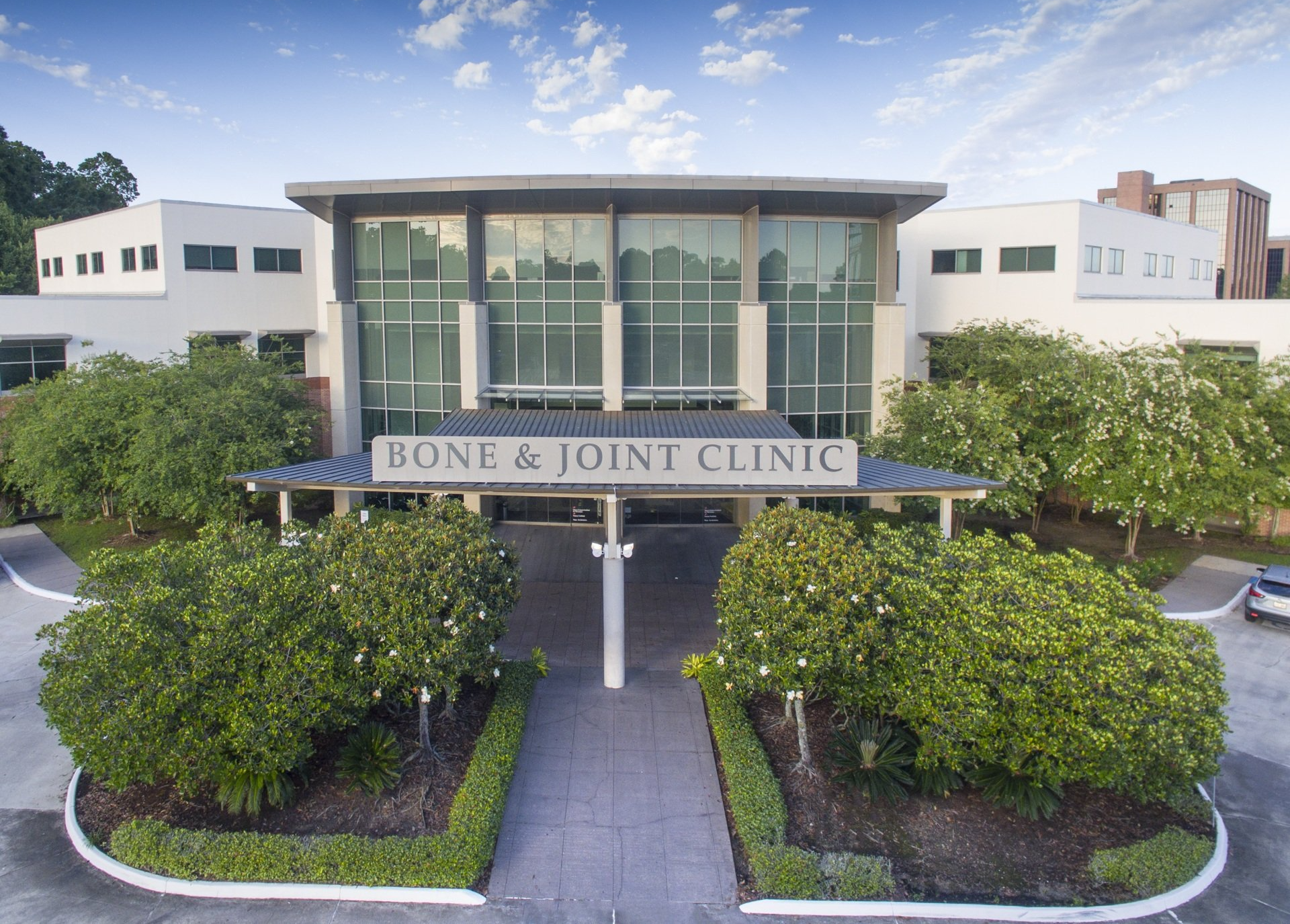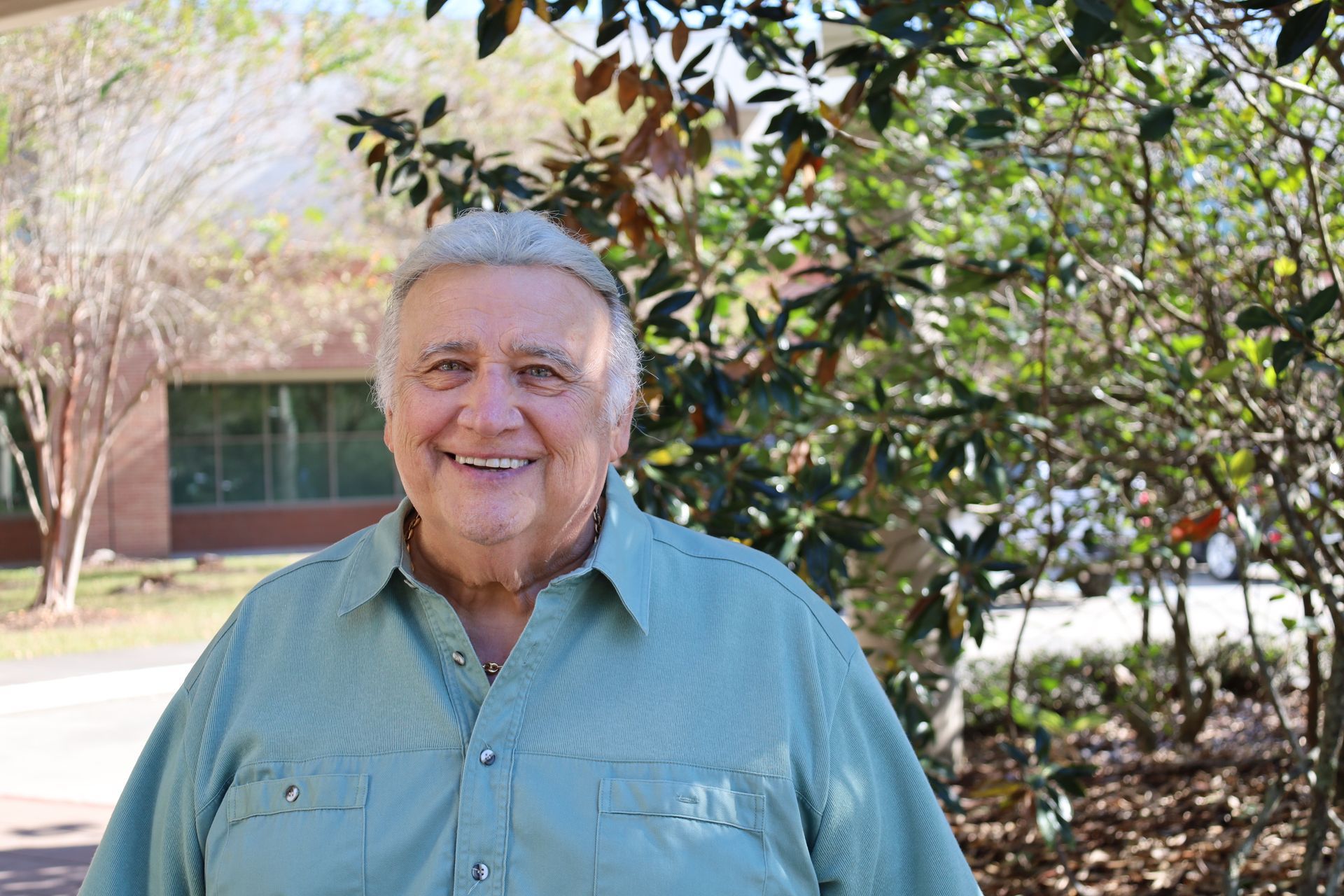The shoulders are comprised of the two most mobile joints in the human body. The acromioclavicular (AC) joint is where the tip of the shoulder blade connects to the clavicle, while the glenohumeral (G-H), is the larger, ball-and-socket joint where the humerus joins the scapula. Both serve important functions in arm movement from waving hello to lifting and carrying. However, when one of these joints is impacted by arthritis, these natural movements and motions can become increasingly painful and more difficult to perform.
While arthritis may be more common in weight-bearing joints such as the hips and knees, shoulder arthritis still afflicts many and can be life-altering in its complications. So, what exactly causes arthritis in either of the shoulder joints? Here are the five main ways the condition develops:
Osteoarthritis of the Shoulder
The most common cause of shoulder arthritis is osteoarthritis. This particular form is the result of degeneration within the joint over time. With years of regular wear and tear, cartilage begins to weaken and eventually wears away. In the most severe cases, there may be no cartilage left in the joint at all. Those who routinely lift their arms overhead and carry heavy weight, whether for work or sport, are most susceptible to this condition.
Rheumatoid Arthritis of the Shoulder
Rheumatoid Arthritis is an autoimmune disease in which the body’s immune system attacks healthy cells, causing painful inflammation. It can affect one or both shoulders at the same time. As the disease progresses, it can lead to bone erosion and joint deformity.
Shoulder Arthritis Due to Trauma
Post-traumatic arthritis is a specific form of osteoarthritis that may affect the shoulder joints following an injury such as shoulder fracture or dislocation. Traumatic injury to the shoulder from car accidents or sporting activities are also common catalysts for this condition.
Shoulder Arthritis Due to Avascular Necrosis
Avascular necrosis is a condition in which blood supply to part of the body is interrupted, leading to the death and breakdown of surrounding tissue. In the case of shoulder arthritis, the blood flow cannot reach the head of the humerus bone (the “ball” of the “ball-and-socket” shoulder joint). The condition may result from shoulder trauma, alcohol abuse, or the use of high-dose steroids. It is progressive and will worsen with the passing of time.
Shoulder Arthritis Due to Rotator Cuff Tear
Much like post-traumatic arthritis, rotator cuff arthropathy is an arthritic condition that results from injury to the shoulder. In this case, the specific injury is a tear to the rotator cuff, a group of four muscles and four tendons that surround, protect, and stabilize the shoulder. This injury will weaken the shoulder joint over time, promoting the development of arthritis.
Treating Shoulder Arthritis in Baton Rouge
If you are suffering from shoulder pain, weakness, or immobility, arthritis may be to blame. Contact the Bone & Joint Clinic of Baton Rouge today, and request an appointment with one of our many orthopedic physicians.




